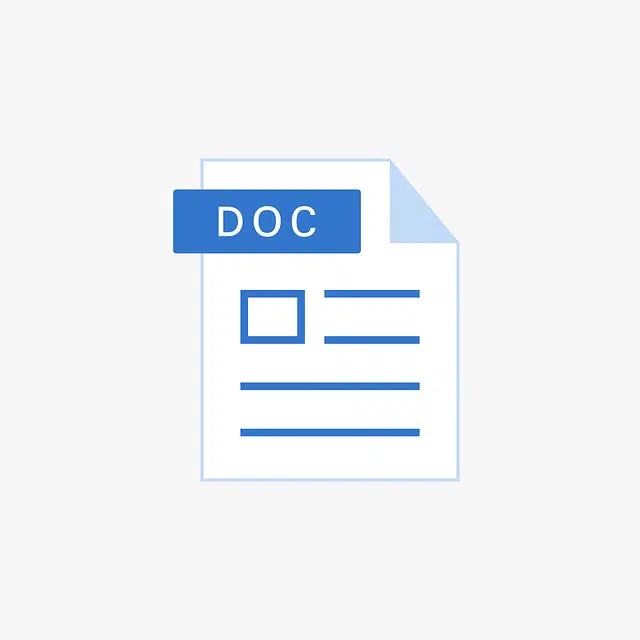
Cross-references are common in texts.
We speak of reference when we want to refer to a type of information or data that can be used to understand more in depth the topic we are talking about. It also serves to refer to the dependence, similarity or relationship of one thing with respect to another. In short, the term is related to the action and effect of referring. An example where the term appears could be: « For more information see more references at the end of the chapter «.
The notion of cross-reference is used in a text to refer to an element, data or quote that is found in another part of the document, or even in another text (although this is less common). Cross-reference query allows you to view data that appears in rows and columns, like a table .
These types of diagrams can have various uses; A person working with a merchandise table and an order table can observe the merchandise ordered in a certain period through a cross reference, for example.
Cross References in Everyday Speech
Although its most popular use is to refer to associations within a text, in everyday speech we also use this resource. This tells us that it is not only a tool present in the written media.
When we are telling someone something that has happened to us and while we do it we try to remember the facts, we are weaving together different events and establishing which of them is relevant to our conversation because it is connected to the central topic, to know whether to share it with our interlocutor or No. So, we are creating a cross-reference between various facts and taking the interlocutor from one central topic to another, interconnecting our conversation through facts, images and people.

In Microsoft Word it is possible to insert cross references.
Your creation in Microsoft Word
In the Microsoft Word computer program, cross references can be made to link two elements of the same document that are in different locations. It is possible, therefore, to create this type of references for numbered paragraphs , bookmarks , footers and titles , creating an organized document where the associated topics are instantly connected, allowing for fluid and comfortable reading. Among the great advantages of this utility it is worth mentioning that once the cross-reference is created, the element being referenced can be changed (from a page number to a bookmark, from a paragraph to a title, etc.).
To create the cross-reference in Microsoft Word , the first step is to write an introductory text (such as “More information on…” ). Next, we must insert the cross reference. To do this we must select the type of element that will be referenced and choose the name that we will give it (the title of a chapter, a marker, a numbered paragraph). Then we must save the document and that's it! From then on, every time a user accesses that document they will be able to directly find the element that is related to that cross-reference. The only thing you have to do is click on the element associated with it and the new element will immediately be seen on the screen; that is, that reference. It is worth mentioning that these types of connections that are made within a document are called hyperlinks .
Cross references on the Internet
On the Internet, cross references are each of those links that we click on to access other information.
This information can be found either in the same site we are visiting or in another, hosted on one of the trillions of servers that are located throughout the planet.
